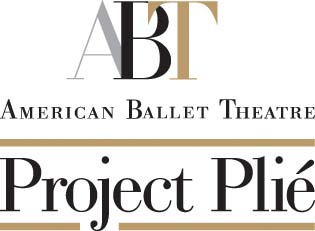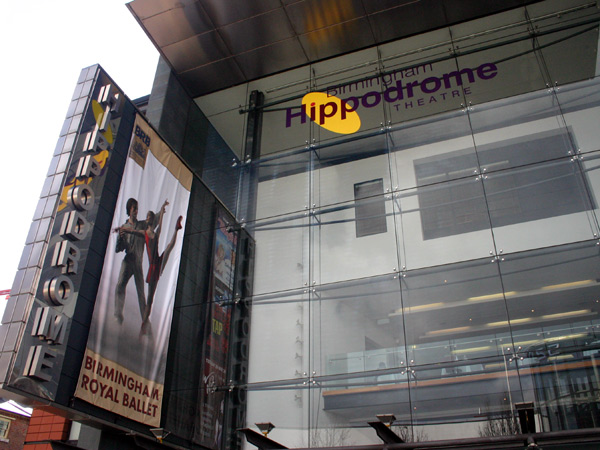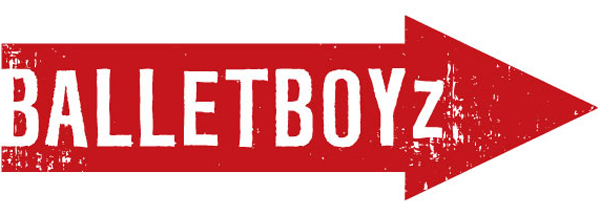 A recent survey has revealed that 63% of UK residents consider a degree in Dance and the Performing Arts to be equally as valuable as any other theoretical subject, with a further 56% of parents stating they would take pride in their children pursuing a career in The Arts.
A recent survey has revealed that 63% of UK residents consider a degree in Dance and the Performing Arts to be equally as valuable as any other theoretical subject, with a further 56% of parents stating they would take pride in their children pursuing a career in The Arts.
As university fees rose dramatically from an average of £3,225 per year to £8,400, with some universities charging the maximum of £9,000 per annum, along with the recent news that the government loses 45p for every £1 loaned to students, the actual value of higher education has been pulled into the general public’s spotlight.
For many, the opinion may be that degrees should be studied in order to secure the best possible career following graduation, which, for some, may lower the opinion of the value of performing arts and dance, along with languages and other studies of the arts.
However, a recent survey conducted by One Poll on the behalf of Dance Direct, has shown that this opinion is not overwhelmingly negative. Along with the result that 63% of the British public believe that a degree in dance is as commercially valuable as any other theoretical degree, it has also shown that more than a quarter of the 1,000 participants polled believe that pursuing a career in the subject is “sensible”.
Hobby Versus Career
While the results might not show that the British public see a degree in dance as a guaranteed investment for a career path, it is vital that the study of a degree of any kind is not seen purely as an investment for employment.
Underemployment is a significant issue for many graduates, as a study conducted in November 2013 found that almost half of graduates were working non-degree related jobs. While the figures may prove to be depressing for many, they should not necessarily be considered a death toll for those looking to study dance at a high educational level, as the proof shows that the value of the vast majority of degrees has been brought into focus.
In a response to the survey, Paul Franklin, Head of Marketing at Dance Direct, stated: “For the dance industry to continue, we need budding performers not to lose sight of the extremely rewarding career path that dance can bring”.
“Rising university fees are unfortunately a barrier many young people are facing at the moment, and it’s understandable for parents to think that a job in a more theoretical discipline would stand their child in better stead for the future.”
He added: “However, this is not the route many young people want to go down. If their talent lie in dance, they should be actively supported in following the career path that they want to follow.”
Passion in the Arts
A career in dance must be realistically viewed as difficult, with strict competition between those hoping to work in the industry. However, as studies show, there is competition in every role, no matter what the industry is.
Ultimately, passion should be considered as the main indicator of the value of a degree in the performing arts. As a recent study published in The Telegraph shows, 19 out of 20 graduates have changed their career before turning 24, with “creative skills” cited as one of the most valuable assets a potential employee can have.
The noted value of creativity and passion for any role is universally acclaimed, as those students who have perhaps conducted a career which they do not ultimately care for, do not have the motivation to continue in the career.
As an industry, performing arts has always been considered somewhat cut-throat, but through the commitment shown by studying a degree, along with talent and passion, will undoubtedly give young dancers the boost that they deserve into a career.

 For over a decade, Dance Direct has striven to provide the best value in dancewear, so dancers can focus more on their training and less on their kit. Although a lot has changed during this time, our ultimate goal of making affordable, high quality dancewear widely available remains at the heart of the Dance Direct brand.
For over a decade, Dance Direct has striven to provide the best value in dancewear, so dancers can focus more on their training and less on their kit. Although a lot has changed during this time, our ultimate goal of making affordable, high quality dancewear widely available remains at the heart of the Dance Direct brand. Teachers are an integral part of a dancer’s development. Not only do they aim to build up the dancer’s talent and ability but they also act as a mentor and inspiration to the student.
Teachers are an integral part of a dancer’s development. Not only do they aim to build up the dancer’s talent and ability but they also act as a mentor and inspiration to the student. Fear backstage is common for at least 50% of performers, regardless of performance experience. More commonly known as “stage fright”, performance anxiety can be a constant problem or something that emerges over time.
Fear backstage is common for at least 50% of performers, regardless of performance experience. More commonly known as “stage fright”, performance anxiety can be a constant problem or something that emerges over time. As American Ballet Theatre celebrates its 75th anniversary, it will also celebrate the first birthday of Project Plié, its national initiative focusing on increasing racial and ethnic representation in ballet. Even in the US ballet is still incredibly streamlined, with nearly every major ballet company being made up mostly of Caucasian dancers.
As American Ballet Theatre celebrates its 75th anniversary, it will also celebrate the first birthday of Project Plié, its national initiative focusing on increasing racial and ethnic representation in ballet. Even in the US ballet is still incredibly streamlined, with nearly every major ballet company being made up mostly of Caucasian dancers. Jean-Luc Choplin, the director of the Théâtre du Châtelet in Paris, has brought many American musicals to his Paris stage in recent years, with a focus on the work of Stephen Sondheim, in English with French subtitles. Recently it was announced that he is co-producing a new musical version of the Oscar-winning 1951 MGM movie An American in Paris, with music and lyrics by George and Ira Gershwin.
Jean-Luc Choplin, the director of the Théâtre du Châtelet in Paris, has brought many American musicals to his Paris stage in recent years, with a focus on the work of Stephen Sondheim, in English with French subtitles. Recently it was announced that he is co-producing a new musical version of the Oscar-winning 1951 MGM movie An American in Paris, with music and lyrics by George and Ira Gershwin. Birmingham Royal Ballet has recently celebrated the success of its Dance Track programme, which seeks out and nurtures dance talent from primary schools across the City of Birmingham. It enables primary school pupils to access ballet, opening Birmingham Royal Ballet’s doors to those who would not ordinarily be introduced to the art-form.
Birmingham Royal Ballet has recently celebrated the success of its Dance Track programme, which seeks out and nurtures dance talent from primary schools across the City of Birmingham. It enables primary school pupils to access ballet, opening Birmingham Royal Ballet’s doors to those who would not ordinarily be introduced to the art-form. After years of dance study you’re enrolled on a dance programme! Your goal may to become a professional dancer, to teach or study dance further, so make sure you work hard and dedicate yourself to your studies.
After years of dance study you’re enrolled on a dance programme! Your goal may to become a professional dancer, to teach or study dance further, so make sure you work hard and dedicate yourself to your studies. The BalletBoyz are set to make their debut appearance at the Royal Opera House from 16-27 September, dancing in the Linbury studio theatre. The company will present theTalent 2014 in a brand new triple bill at the Linbury as part of Deloitte Ignite 2014, the contemporary arts festival curated by the Royal Ballet and Minna Moore Ede of the National Gallery.
The BalletBoyz are set to make their debut appearance at the Royal Opera House from 16-27 September, dancing in the Linbury studio theatre. The company will present theTalent 2014 in a brand new triple bill at the Linbury as part of Deloitte Ignite 2014, the contemporary arts festival curated by the Royal Ballet and Minna Moore Ede of the National Gallery. Many professional dancers rely heavily on false eyelashes, however this may not be a luxury for every dancer. It is possible grow, maintain and curl your lashes quickly and easily for that dramatic wide-eyed look often only achieved by false lashes.
Many professional dancers rely heavily on false eyelashes, however this may not be a luxury for every dancer. It is possible grow, maintain and curl your lashes quickly and easily for that dramatic wide-eyed look often only achieved by false lashes.